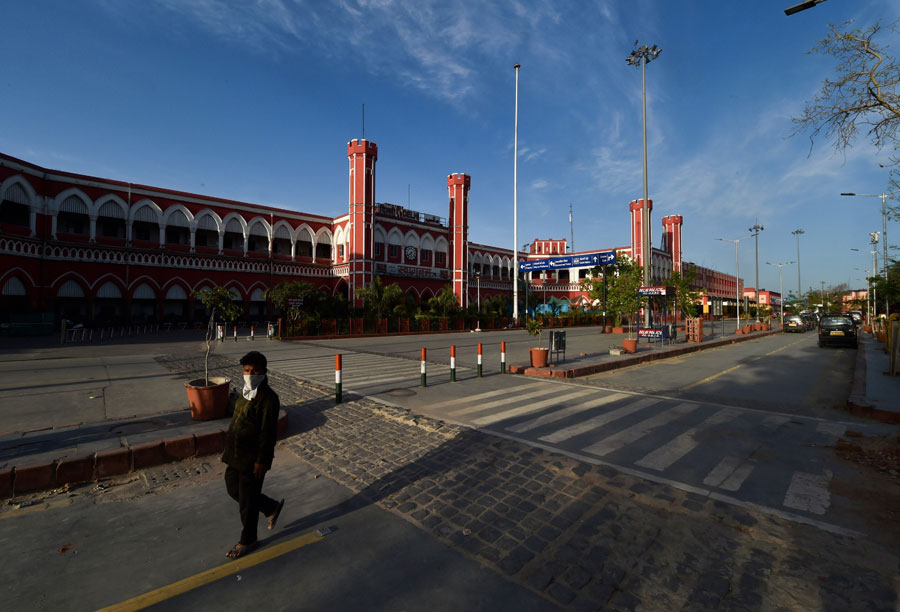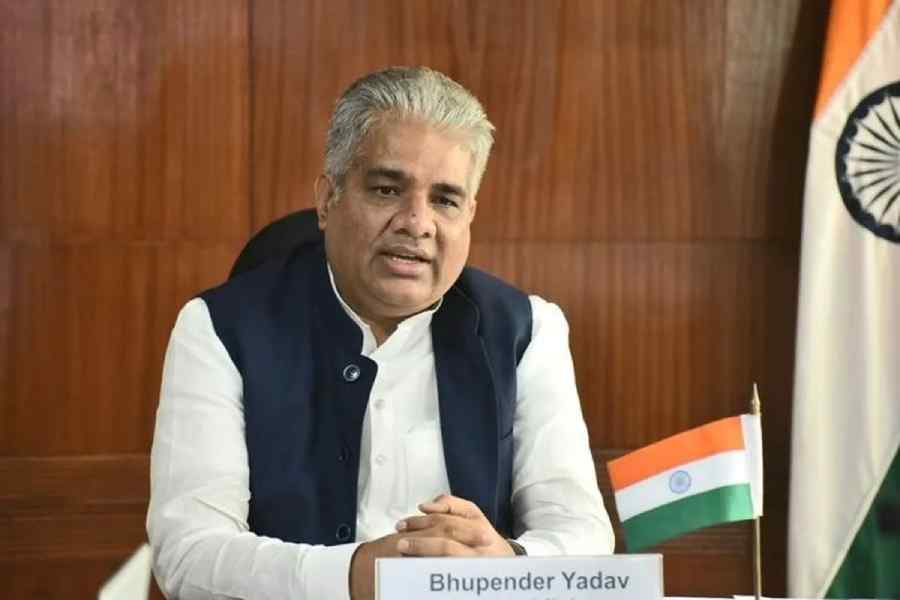India’s count of coronavirus patients rose by 478 on Friday to 2,547 amid wide disparities between states in tests per million population that public health experts said underscored the need to expand testing.
The Union health ministry had until 6pm on Friday recorded nine more deaths, raising the number of coronavirus deaths in the country to 62.
The number of patients who have recovered has been put at 163. Tamil Nadu and Maharashtra now have over 300 patients each.
A health ministry official said 647 people who had attended a Tablighi Jamat congregation at Nizamuddin in Delhi in March had tested positive and contributed to the rise observed in recent days.
Public health experts familiar with the distribution of cases and the volume of tests performed nationwide said the disparities between the states on tests per million could reflect gaps in surveillance and contact tracing.
Kerala, which has a robust public health and surveillance system, has conducted around 220 tests per million population. Delhi has conducted 120 tests per million population while Bengal, Bihar and Uttar Pradesh have each conducted below 20 tests per million population.
Indian officials had said last week that the early signals of community transmission were visible in the country.
Poonam Khetrapal Singh, regional director of the World Health Organisation’s office in New Delhi, on Friday called on India and other Southeast Asian Region countries to take actions to suppress and control the virus in areas where community transmission occurred.
“Every case, cluster and evidence of community transmission would need to be aggressively responded to,” she said.
“Basic public health measures such as active case detection, isolation, testing and treatment and contact tracing are our most powerful tools. Strong surveillance is needed to assess and guide evidence-based measures.”










